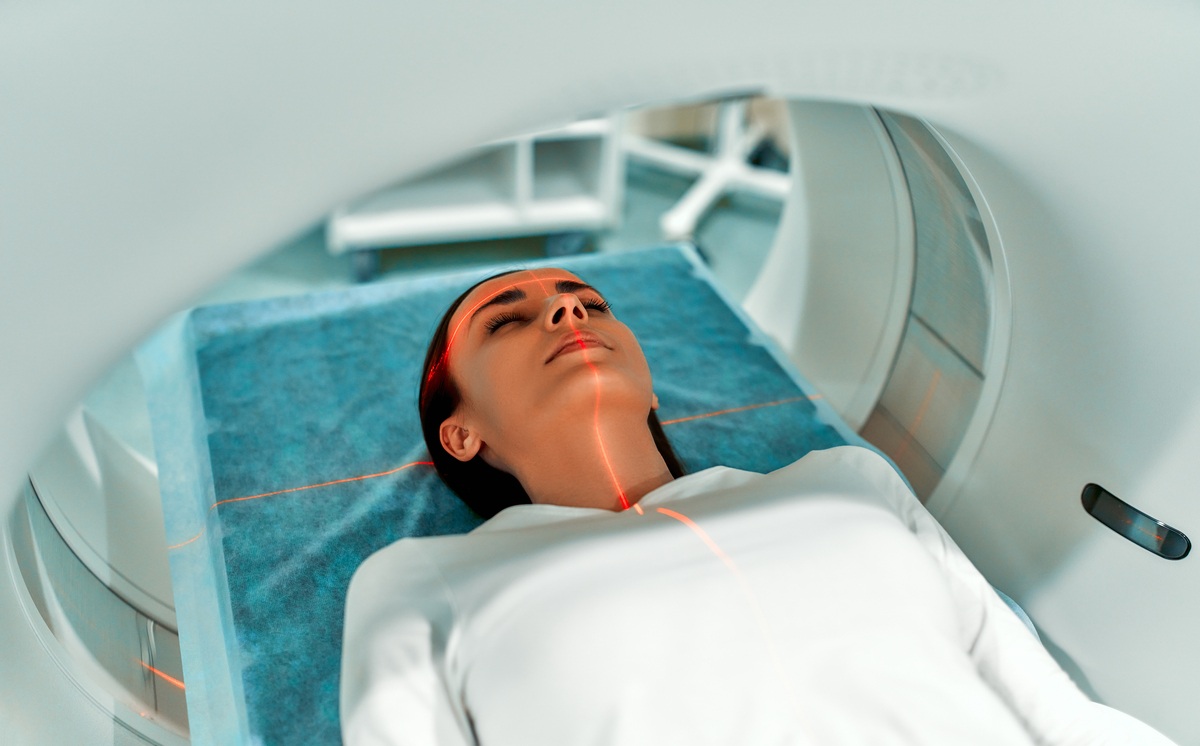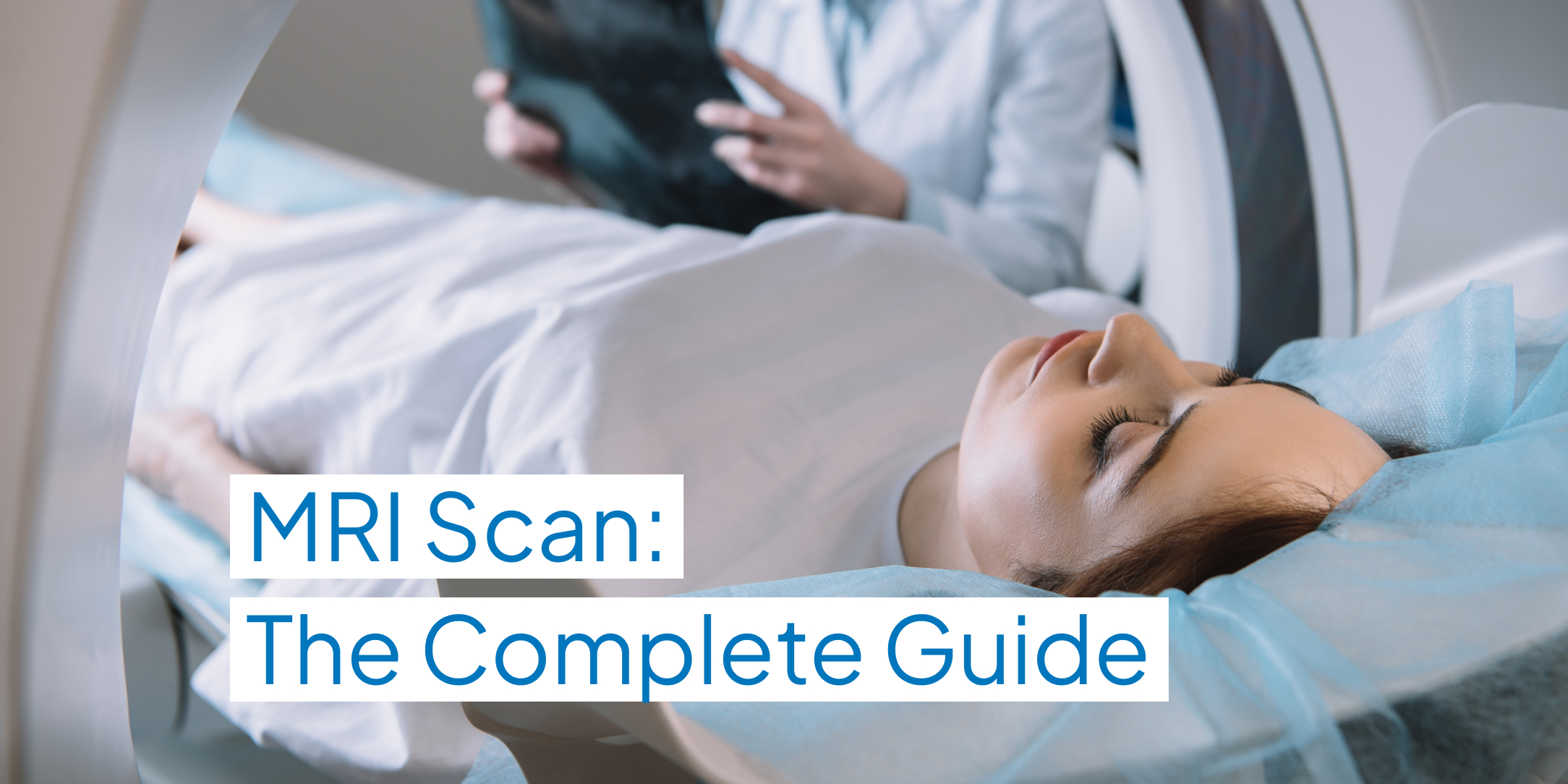Common Causes of Facial and Cheekbone Pain and How to Address Them
Facial pain can stem from various underlying conditions affecting the intricate structures of the face, from nerves and muscles to sinuses and teeth. Understanding the root causes of facial pain is crucial for effective management and relief.
Common Causes of Facial and Cheekbone Pain
- Trigeminal Neuralgia: Intense, stabbing pain in the face due to irritation of the trigeminal nerve, which supplies sensation to the face.
- Sinusitis: Inflammation of the sinuses causing facial pressure, pain, and congestion, often due to infection or allergies.
- Temporomandibular Joint (TMJ) Disorders: Pain and dysfunction in the jaw joint and surrounding muscles, commonly caused by clenching, grinding, or jaw misalignment.
- Dental Issues: Tooth infections (abscesses), gum disease (gingivitis), or dental trauma can cause localised facial pain.
- Headaches and Migraines: Pain that can radiate to the face due to tension headaches, migraines, or cluster headaches.
Addressing Facial and Cheekbone Pain
- Medical Management: Pain relievers, anti-inflammatories, or muscle relaxants prescribed by a healthcare provider to alleviate symptoms.
- Dental Care: Regular dental check-ups and treatments for dental infections or TMJ issues.
- Sinus Treatments: Nasal sprays, decongestants, or antibiotics to manage sinusitis.
- Physical Therapy: Exercises to improve TMJ function, posture correction, and relaxation techniques.
- Surgical Options: In severe cases, surgical interventions like nerve decompression for trigeminal neuralgia or TMJ surgery may be considered.
Understanding these common causes and treatment approaches helps individuals better manage facial pain, improve quality of life, and seek appropriate medical care when needed.
Why Does One Side of My Face Hurt? Possible Causes and Solutions
One-sided facial pain can arise from several conditions affecting different structures of the face and head. Trigeminal neuralgia, characterised by sudden, severe pain along the trigeminal nerve, often causes intense electric shock-like sensations in specific facial areas. Temporomandibular joint (TMJ) disorders, involving dysfunction of the jaw joint and surrounding muscles, can lead to localised pain on one side. Sinusitis, characterised by inflammation of the sinuses, commonly manifests with unilateral facial pain, accompanied by congestion and nasal discharge. Dental issues such as tooth abscesses or gum disease can also cause pain localised to one side of the face. Additionally, headaches like migraines or cluster headaches may present with throbbing pain that radiates to the face, particularly on one side.
Understanding Facial Neuralgia: Causes and Symptoms
Facial neuralgia refers to a condition characterised by severe, stabbing pain along the path of a nerve in the face. The most common type is trigeminal neuralgia, where the trigeminal nerve, responsible for facial sensation, becomes irritated or compressed or pinched.
Symptoms of Facial Neuralgia
- Sudden, severe stabbing or shooting pain in the face.
- Episodes triggered by everyday activities such as eating or brushing teeth.
- Pain typically affects specific areas of the face, corresponding to the distribution of the affected nerve.
- Pain episodes can be brief but intensely painful, leading to avoidance of triggers.
- Some individuals may also experience numbness or tingling in the affected area between episodes.
Managing Neuralgia Pain: Tips and Treatments
Managing neuralgia pain involves a combination of strategies aimed at reducing pain intensity, minimising triggers, and improving overall quality of life. Here are some tips and treatments:
- Medications: Prescription medications such as anticonvulsants (e.g., carbamazepine, gabapentin) or tricyclic antidepressants (e.g., amitriptyline) can help reduce nerve pain and manage symptoms.
- Pain Management Techniques: Utilise heat or ice packs, gentle massage, or relaxation techniques to alleviate acute pain episodes and promote muscle relaxation.
- Avoid Triggers: Identify and avoid activities or stimuli that trigger pain episodes, such as chewing, talking, or exposure to cold wind.
- Physical Therapy: Engage in exercises prescribed by a physical therapist to improve posture, strengthen muscles, and reduce tension in the affected area.
- Alternative Therapies: Explore complementary therapies like acupuncture, biofeedback, or nerve blocks under medical supervision to help manage pain and improve nerve function.
- Nutritional Support: Maintain a balanced diet rich in vitamins and minerals to support nerve health and overall well-being.
- Psychological Support: Consider counselling or support groups to cope with the emotional impact of chronic pain and enhance stress management skills.
- Surgical Interventions: In severe cases resistant to conservative treatments, surgical options such as microvascular decompression or nerve ablation may be considered to relieve pressure on the affected nerve.
- Microvascular Decompression (MVD) is a surgical procedure to relieve compression of a cranial nerve, such as the trigeminal nerve, by placing a sponge or pad between the compressing blood vessel and the nerve to alleviate pain signals.
- Nerve Ablation, also known as neurolysis, involves selectively damaging or disrupting nerve function using methods like chemical neurolysis (e.g., alcohol injection), radiofrequency ablation (heat), or cryoablation (cold) to alleviate chronic pain conditions when other treatments are ineffective.
Effective management of neuralgia pain often requires a personalised approach tailored to individual symptoms and responses to treatment. Consulting with healthcare professionals, including neurologists or pain specialists, can help develop a comprehensive treatment plan to address neuralgia pain and improve daily functioning.
Trigeminal Neuralgia: Recognising Symptoms and Finding Relief
Trigeminal neuralgia is a condition characterised by sudden, severe facial pain along the trigeminal nerve, which is responsible for transmitting sensory information from the face to the brain. This nerve, also known as the fifth cranial nerve, branches into three main divisions: the ophthalmic nerve (V1), the maxillary nerve (V2), and the mandibular nerve (V3). These branches supply sensation to different areas of the face, including the forehead, cheeks, upper jaw, and lower jaw.
The pain associated with trigeminal neuralgia is often described as stabbing, electric shock-like, or burning in nature, and can be triggered by seemingly harmless activities such as brushing teeth or even a light touch to the face. The condition is typically caused by compression or irritation of the trigeminal nerve root near the brainstem, although in some cases, the exact cause remains unknown. Potential causes include:
- Compression: Pressure on the trigeminal nerve from blood vessels, tumours, or structural abnormalities near the base of the brain.
- Degeneration: Wear and tear or demyelination (loss of the protective myelin sheath) of the trigeminal nerve due to ageing or conditions like multiple sclerosis.
- Genetic Predisposition: Some individuals may have a genetic predisposition to developing trigeminal neuralgia.
Recognising symptoms involves understanding the sudden, intense pain that can affect specific areas of the face, such as the jaw, cheek, or eye, often in short, recurrent bursts. Finding relief typically requires a combination of medications to manage nerve pain, lifestyle modifications to avoid triggers, and sometimes surgical interventions to alleviate pressure on the nerve root, such as microvascular decompression. This approach aims to reduce pain episodes and improve the quality of life for individuals living with trigeminal neuralgia.
Trigeminal Neuralgia vs TMJ: How to Differentiate
Trigeminal neuralgia and TMJ (temporomandibular joint) disorder can both cause facial pain but have distinct characteristics that help differentiate between them:
- Trigeminal Neuralgia: Characterised by sudden, intense, stabbing or electric shock-like pain along the trigeminal nerve, typically affecting specific areas of the face. Pain episodes are often triggered by light touch, chewing, or talking and can be brief but severe.
- TMJ Disorder: Involves pain and dysfunction of the jaw joint and surrounding muscles. Symptoms may include jaw pain or stiffness, clicking or popping sounds when opening the mouth, and difficulty chewing. Pain associated with TMJ disorder is usually more constant and can radiate to the jaw, ear, or temple area.
Differentiating between these conditions is crucial for proper diagnosis and treatment.
Facial Herpes: Symptoms, Causes, and Treatment Options
Facial herpes, caused by the herpes simplex virus (HSV), can manifest as cold sores or blisters on the face, lips, or around the mouth. Symptoms typically include:
- Cold Sores: Small, fluid-filled blisters that appear on or around the lips, nose, or cheeks.
- Tingling or Itching: Often precedes the appearance of blisters.
- Pain or Tenderness: Especially during outbreaks.
HSV type 1 (HSV-1) is commonly associated with facial herpes, often transmitted through close contact, such as kissing or sharing utensils. Once infected, the virus remains dormant in nerve cells and can reactivate periodically, triggered by stress, illness, or sun exposure.
Treatment options for facial herpes include antiviral medications, which can help shorten the duration of outbreaks and reduce symptoms. Over-the-counter creams or ointments may provide symptomatic relief, while oral antiviral drugs prescribed by a healthcare provider can help manage more severe or frequent outbreaks. Additionally, practising good hygiene, avoiding triggers, and using sunscreen on the face can help prevent outbreaks or reduce their severity. Seeking medical advice promptly can ensure appropriate management and minimise discomfort associated with facial herpes outbreaks.
When to Consider an MRI for Facial Pain
Consideration of an MRI for facial pain is particularly warranted in the following key conditions:
- Trigeminal Neuralgia: MRI helps in identifying compression or abnormalities affecting the trigeminal nerve, which is crucial for diagnosing trigeminal neuralgia.
- Temporomandibular Joint (TMJ) Disorders: When there is suspicion of joint damage or inflammation affecting the TMJ, which may be contributing to facial pain.
- Headaches: For patients experiencing severe or persistent headaches localised to the face, where MRI can help rule out structural causes or neurological conditions.
- Neoplasms: Suspected tumours or growths in the face or skull base that could be causing facial pain or nerve compression.
-
Neurological Disorders: Such as multiple sclerosis or stroke, which may present with facial pain as a symptom and require imaging to assess for associated nerve damage or lesions.
Understanding MRI Scans for Diagnosing Facial Neuralgia and Nerve Pain in the Face
MRI scans play a crucial role in diagnosing facial neuralgia and nerve pain by providing detailed images of the structures in the face and head. For conditions like trigeminal neuralgia, MRI helps identify compression or abnormalities affecting the trigeminal nerve, which transmits sensory information from the face to the brain. It allows visualisation of the nerve's pathway and surrounding tissues, aiding in the detection of potential causes such as blood vessel compression or tumours.
What to Expect During an MRI for Trigeminal Neuralgia
During an MRI for trigeminal neuralgia, you'll lie on a table that slides into a tube-shaped machine with powerful magnets. You'll need to remain still as it creates detailed images of your head and facial structures. The procedure is painless but may be noisy. Afterward, a radiologist will interpret the images to help diagnose the cause of your facial pain.
What is the procedure for conducting a MRI?
- You will be asked to remove all metal items, including wristwatches, keys, and jewellery. These objects must be kept outside the scan room.
- You are often asked to undress and put on a hospital gown or loose-fitting clothes.
- You will be told to lie on the scanner’s table.
- The examination table will then move into the open end of the tube in the machine. An intercom inside the MRI scanner lets you talk with the radiography personnel.
- It is essential to lie very still: movement will blur or warp the images.
- While it is in operation, the MRI scanner makes loud noises. (You may be offered earplugs. Sometimes, you can listen to music through headphones if you prefer).
- The knee that is being scanned may feel a little warm.
- If the images are satisfactory, you can get dressed and go home.
Conclusion
Facial pain can be a complex and challenging condition, but understanding the causes and available treatments can significantly improve your quality of life. If you are experiencing persistent or severe facial pain, consider seeking a thorough evaluation, which may include an MRI for an accurate diagnosis. Taking proactive steps towards your facial wellness can lead to better management and improved well-being.
For those considering an MRI, visit GetScanned today to schedule your appointment. Understanding your facial health is the first step towards effective treatment and relief. Don't wait—your health is too important to delay. Book your MRI with GetScanned now and take the first step towards a pain-free life.
Don’t let facial pain go undiagnosed — get clarity today.
Book your MRI scan with GetScanned UK and receive fast, accurate results with no long NHS wait times.
GetScanned Today
FAQS
1. What causes facial pain?
Facial pain can result from nerve irritation (like trigeminal neuralgia), jaw joint issues (TMJ disorders), sinus infections, dental problems, or certain headaches. An accurate diagnosis is essential for effective treatment.
2. When should I see a doctor for facial pain?
You should seek medical advice if facial pain is severe, persistent, one-sided, or accompanied by symptoms like numbness, vision changes, or difficulty speaking.
3. How is facial pain diagnosed?
Diagnosis often involves a medical history review, physical examination, dental evaluation, and imaging tests like MRI scans to identify nerve or structural causes.
4. Can an MRI detect the cause of my facial pain?
Yes. An MRI provides detailed images of facial nerves, muscles, joints, and surrounding structures, helping identify causes such as nerve compression, tumours, or joint damage.
5. What treatments are available for facial pain?
Treatment depends on the cause and may include medication, physical therapy, dental care, sinus treatment, nerve blocks, or surgical procedures like microvascular decompression.
6. How quickly can I get an MRI scan with GetScanned UK?
With GetScanned UK, you can usually book an appointment within days and receive your results quickly, avoiding long NHS wait times.
7. Do I need a GP referral for an MRI?
No, you can book directly through GetScanned UK without a GP referral.




